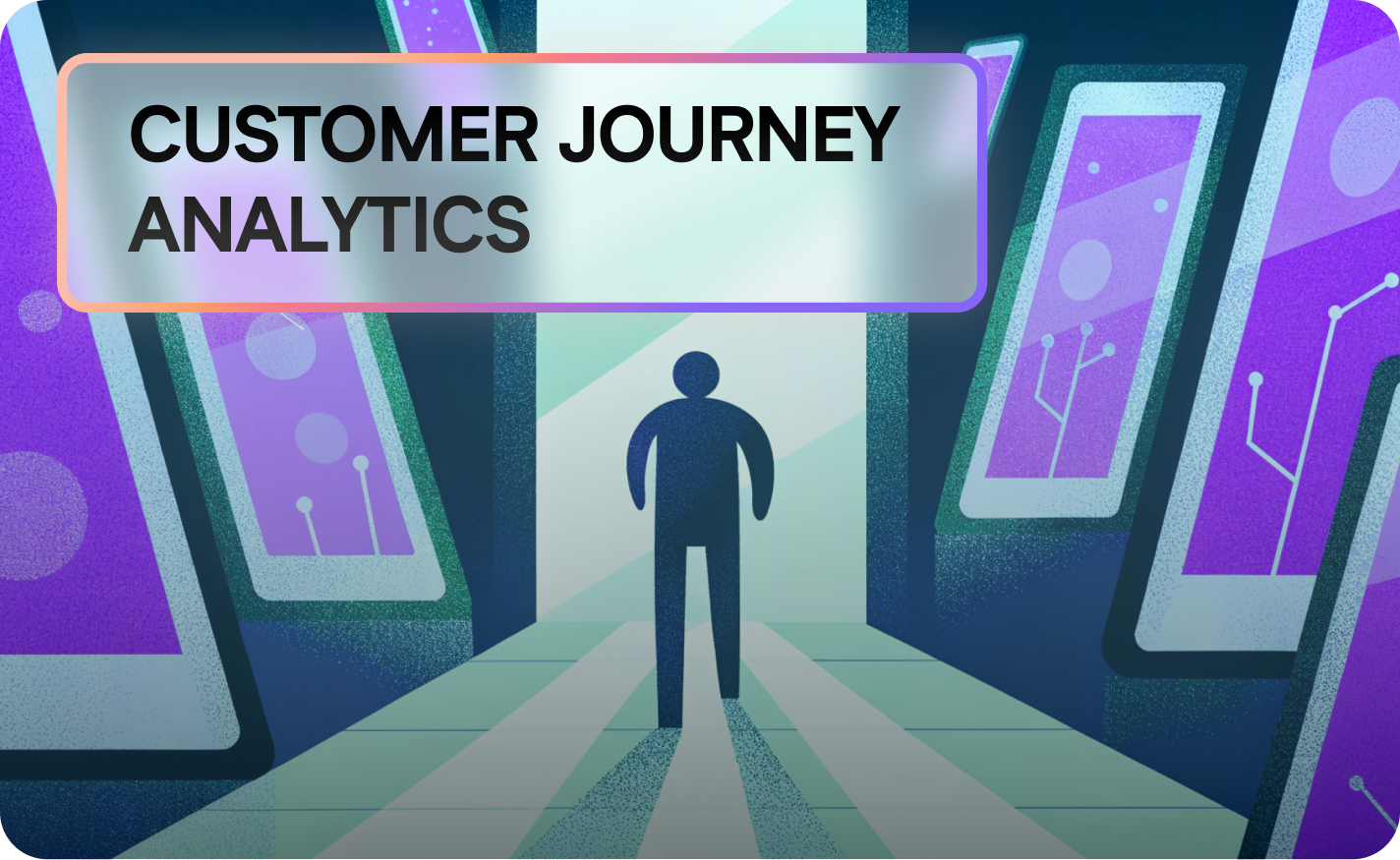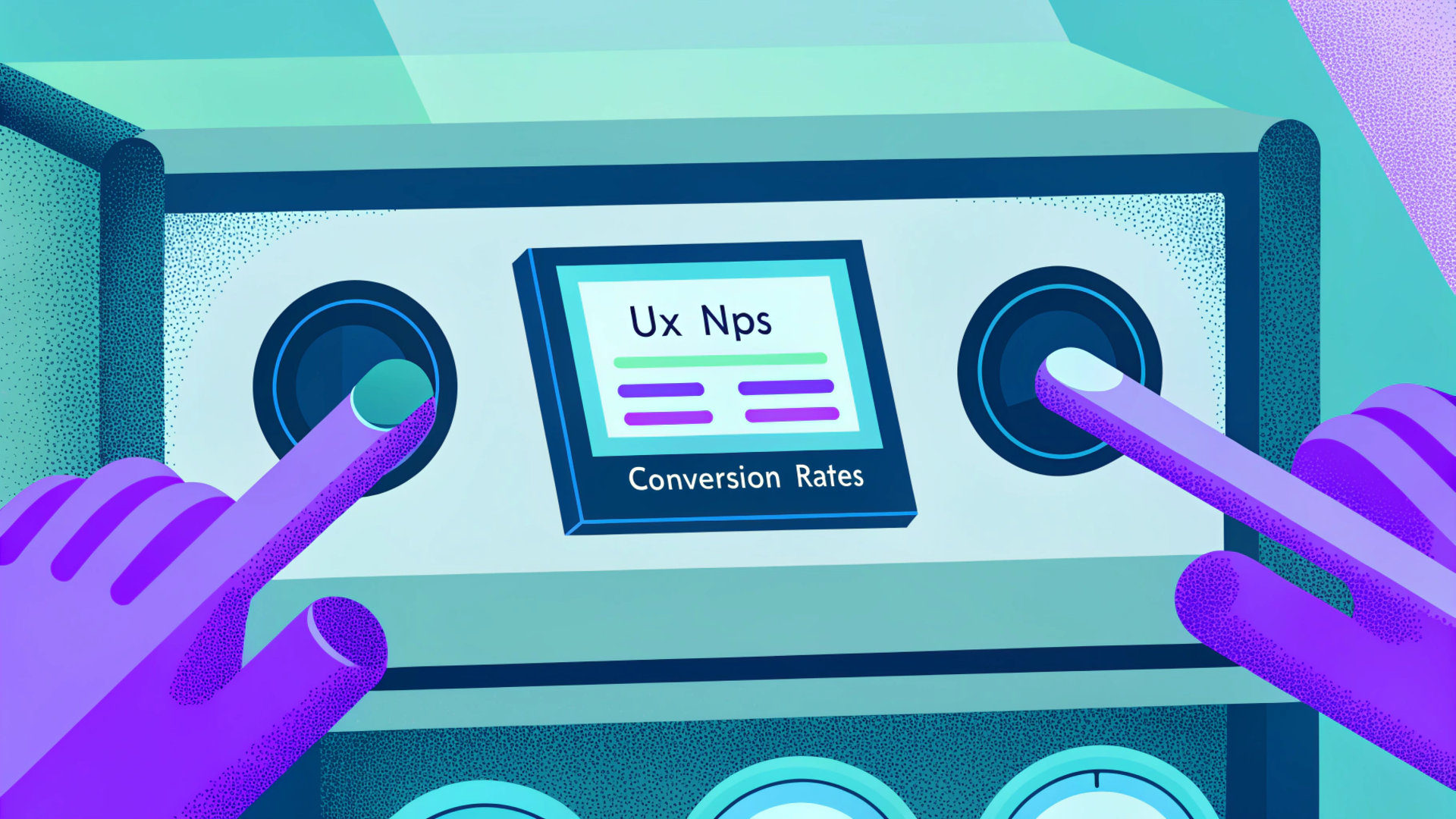Customer Journey Analytics: Understanding Customer Journeys

In today's competitive landscape, understanding the customer is paramount. Customer journey analytics offers a powerful means to map, analyze, and optimize every touchpoint a customer has with your brand. This article will delve into the core concepts of customer journey analytics, its importance, and how it can transform your business.
Defining Customer Journey Analytics

What is Customer Journey Analytics?
What exactly is customer journey analytics? Customer journey analytics involves tracking and analyzing customer interactions across various channels to uncover patterns and improve customer experiences. By combining customer data from touchpoints like websites, apps, and support interactions, businesses gain a holistic view. This comprehensive perspective enables predictive insights into customer behavior, allowing for proactive improvements.
Importance of Understanding Customer Journeys
Why is understanding customer journeys so critical? By gaining a deeper understanding of the customer’s journey, businesses can anticipate customer expectations, address pain points, increase customer satisfaction, and improve customer retention. Moreover, understanding the customer's journey allows for personalized interactions and targeted interventions, resulting in increased customer engagement and ultimately, better business outcomes. McKinsey reports that businesses using customer journey analytics are 33% more likely to predict customer attrition and satisfaction.
Core Concepts in Customer Journey Analytics
What core concepts underpin customer journey analytics? The practice uses AI and machine learning for real-time orchestration, correlating behaviors to KPIs for actionable outcomes. Unlike basic tracking, this advanced approach allows for a deeper understanding of the factors that drive customer satisfaction and loyalty. Journey analytics provides insights into customer needs, enabling businesses to optimize their interactions and improve customer experiences. Understanding the customer is no longer a guessing game, but a data-driven process. With LiveSession, you can map similar bottlenecks in your support flows using replay analysis to cut resolution times.
Key Statistics and Market Trends

Growth of the Customer Journey Analytics Market
The customer journey analytics market is experiencing substantial growth. The global customer journey analytics market is valued at USD 17.91 billion in 2025 and is projected to reach USD 47.06 billion by 2032, growing at a CAGR of 20.51%. This significant expansion underscores the increasing recognition of the value of understanding the customer and improving the customer experience. As more businesses adopt customer journey analytics solutions, we can expect to see continued innovation and refinement in the way customer journey data is collected, analyzed, and utilized.
Impact on Customer Retention and Satisfaction
Understanding the customer journey is directly correlated with improved customer retention and customer satisfaction. Businesses using customer journey analytics are 33% more likely to predict customer attrition and satisfaction, per McKinsey insights. Moreover, 84% of customer-centric businesses prioritize mobile journey experiences, leading to up to 40% higher retention by 2023, with trends extending into 2025. By leveraging journey maps and journey analysis, businesses gain invaluable customer insights, enabling them to enhance the overall customer experience and foster stronger customer loyalty.
AI and Machine Learning in Journey Analytics
AI and machine learning are revolutionizing customer journey analytics. AI-driven analytics can boost conversion rates by 20-30% through bottleneck identification, as seen in e-commerce sectors. These technologies enable businesses to process vast amounts of customer data and identify patterns that would be impossible to detect manually. Predictive analytics, powered by AI, allows businesses to predict customer behavior and proactively address potential issues. By integrating AI and machine learning into their analytics platforms, businesses can unlock new levels of customer understanding and improve customer experiences.
Essential Metrics in Customer Journey Analytics

Conversion Rate: Measuring Effectiveness
How effectively are you turning visitors into customers? The conversion rate measures the percentage of users completing desired actions at various stages of the customer’s journey. These actions can take many forms, for example:
- Making a purchase
- Filling out a form
The formula for calculating conversion rate is straightforward: (Number of Conversions / Total Visitors) × 100. Analyzing conversion rates across different touchpoints in the customer journey provides valuable insights into where improvements can be made to improve the customer experience.
Customer Lifetime Value: Predicting Profitability
What’s a customer worth over their entire relationship with your business? Customer Lifetime Value (CLV) helps you predict the net profit attributable to the entire customer journey. This predictive metric is crucial for making informed decisions about acquisition and retention strategies. Calculating CLV involves considering several factors, including:
- (Average Purchase Value × Purchase Frequency × Customer Lifespan)
- Acquisition Cost (which is then subtracted from the result of the first item)
A high CLV indicates a strong, profitable customer relationship, while a low CLV may signal the need to optimize customer engagement and retention efforts. LiveSession can assist you in improving customer retention.
Churn Rate: Understanding Retention Health
Here's how you can determine if customers are leaving faster than you're acquiring them. The churn rate, in particular, indicates the percentage of customers lost over a specific period. To calculate this important metric, consider these steps:
- (Customers Lost During Period / Total Customers at Start)
- Multiply the result by 100.
A high churn rate signals potential issues with customer satisfaction or engagement, prompting a deeper analysis of the customer’s journey to identify and address the root causes. Understanding customer churn is essential for sustainable business growth.
Net Promoter Score: Gauging Loyalty
How likely are your customers to recommend you? Net Promoter Score (NPS) is a widely used metric to gauge customer loyalty. It's based on a single question: "On a scale of 0 to 10, how likely are you to recommend our company/product/service to a friend or colleague?" Customers are then categorized as Promoters (9-10), Passives (7-8), or Detractors (0-6). The NPS is calculated as (% Promoters - % Detractors). A high NPS indicates strong customer loyalty and advocacy, while a low NPS suggests areas for improvement in the customer’s journey.
Customer Satisfaction Score: Assessing Experience
Are your customers happy with their interactions? Customer Satisfaction Score (CSAT) directly measures customer satisfaction with specific interactions or touchpoints. Typically, customers are asked to rate their satisfaction on a scale of 1-5 or 1-10 after an interaction. The CSAT is calculated as (Number of Satisfied Responses / Total Responses) × 100. Monitoring CSAT across different stages of the customer journey helps identify areas where customer satisfaction is high or low, allowing for targeted improvements to the customer experience.
Customer Effort Score: Evaluating Interaction Ease
How easy is it for customers to interact with your business? Customer Effort Score (CES) measures the ease of a customer's experience when interacting with your company. This metric can be measured using a 1-7 scale (1=very difficult, 7=very easy) or through statement-based surveys where customers indicate their agreement or disagreement. The CES is calculated as the average score from the 1-7 scale or as (% Agree Strongly - % Disagree Strongly) for statement-based surveys. A low CES indicates that customers are facing friction in their interactions, highlighting areas where processes can be streamlined to improve customer interactions across the entire customer journey.
Utilizing Solutions for Customer Journey Analytics

Experience Platform Overview
What does LiveSession offer for customer journey analytics?
LiveSession serves as a powerful customer data platform that consolidates customer data from multiple sources into a centralized hub, enabling a comprehensive view of the customer and supporting personalized experiences. By utilizing LiveSession, businesses can gain deeper insights into customer behavior, anticipate customer needs, and optimize interactions. LiveSession provides a robust foundation for creating and delivering exceptional customer experiences across the entire customer journey.
Integrating LiveSession into Customer Journey Mapping
How can LiveSession enhance customer journey mapping?
Integrating LiveSession into customer journey mapping empowers businesses to better understand customer behavior at every touchpoint. This integration facilitates the identification of pain points, optimization of customer interactions. With LiveSession, businesses can transform customer data into actionable insights, driving improved customer satisfaction and retention.
Optimizing Journeys with LiveSession
How does LiveSession help in optimizing customer journeys?
LiveSession leverages customer data and insights to personalize interactions, and deliver seamless experiences across channels. By using LiveSession, businesses can craft more engaging and relevant customer journeys, leading to increased engagement, higher conversion rates, and enhanced customer lifetime value. This comprehensive approach ensures every customer interaction contributes to a positive experience. Your privacy is our strict top priority.

Case Studies and Real-World Examples
TELUS: Reducing Call Volumes with Journey Analytics
How did TELUS reduce its call volumes? TELUS reduced high call volumes by 15% by centralizing data, personalizing experiences, and identifying friction in self-service portals. By understanding the customer’s journey, TELUS was able to streamline processes and improve the customer experience, which led to fewer support calls. This is a perfect example of how understanding customer interactions across channels can lead to significant improvements in operational efficiency. Try it yourself: Map similar bottlenecks in your support flows using LiveSession for replay analysis to cut resolution times.
Scott's Miracle-Gro: Improving Retention through Insights
Can customer journey analytics really improve retention? Scott's Miracle-Gro achieved a 25% improvement in retention by transitioning to journey analytics and predicting drop-offs with behavioral data. By predicting drop-offs with behavioral data, Scott's Miracle-Gro was able to proactively address potential issues and provide personalized interventions. This case study underscores the importance of understanding customer behavior and the positive impact it can have on customer retention. With LiveSession, you can begin to predict customer behavior yourself.
Spotify: Enhancing Engagement with Analytics
How did Spotify optimize music discovery? Spotify boosted customer engagement by 30% by optimizing music discovery journeys using analytics platforms on user paths and recommendations. By analyzing customer data and understanding how users interact with the app, Spotify was able to personalize recommendations and create a more engaging customer experience. This case study demonstrates the applicability of customer journey analytics in the SaaS space and its potential to drive customer engagement. By understanding the customer better, Spotify has increased customer satisfaction.
B2B E-Commerce: Boosting Conversion Rates via Journey Mapping
Can journey mapping enhance conversion rates? A B2B e-commerce firm enhanced conversion rates by 22% by mapping the customer journey, focusing on multi-channel customer interactions, and streamlining onboarding. This boost was achieved by focusing on multi-channel customer interactions and metrics like Customer Effort Score (CES) to streamline onboarding. By understanding the customer’s journey and identifying areas of friction, the firm was able to optimize the onboarding process and create a smoother, more intuitive experience for new users. LiveSession complements customer journey analytics and provides insights into customer interactions.
Best Practices for Implementing Customer Journey Analytics

Creating Comprehensive Customer Journey Maps
Why create a comprehensive customer journey map? Creating detailed customer journey maps is essential for understanding the customer by encompassing every touchpoint, from initial awareness to post-purchase support, to identify pain points and opportunities. These maps should encompass every touchpoint, from initial awareness to post-purchase support. By visualizing the customer’s journey, businesses can identify pain points, bottlenecks, and opportunities for improvement. Comprehensive customer journey maps should also include key metrics such as conversion rates, Customer Lifetime Value, and customer satisfaction scores. The better you understand the customer, the better customer satisfaction you can provide.
Leveraging Real-Time Analytics for Immediate Insights
Why use real-time customer data? Leveraging real-time analytics allows businesses to gain immediate insights into customer behavior and interactions, enabling them to address issues as they arise and provide a more responsive customer experience. Real-time customer data enables businesses to identify and address issues as they arise, providing a more responsive and personalized customer experience. Real-time analytics platforms can track customer interactions across channels, providing a holistic view of the customer’s journey. This allows businesses to optimize customer interactions and improve customer satisfaction in real time. With LiveSession, you can provide this optimization.
Continuous Improvement of Customer Experiences
Why continuously improve your customer experience? Continuous improvement of customer experiences is vital for staying competitive and meeting evolving customer expectations. By regularly analyzing customer data, gathering feedback, and testing new approaches, businesses can identify areas for enhancement and optimize the customer’s journey. This iterative process leads to increased customer engagement, improved customer retention, and ultimately, better business outcomes. LiveSession complements such platforms to enhance understanding the customer needs.
Related articles
Get Started for Free
Join thousands of product people, building products with a sleek combination of qualitative and quantitative data.



